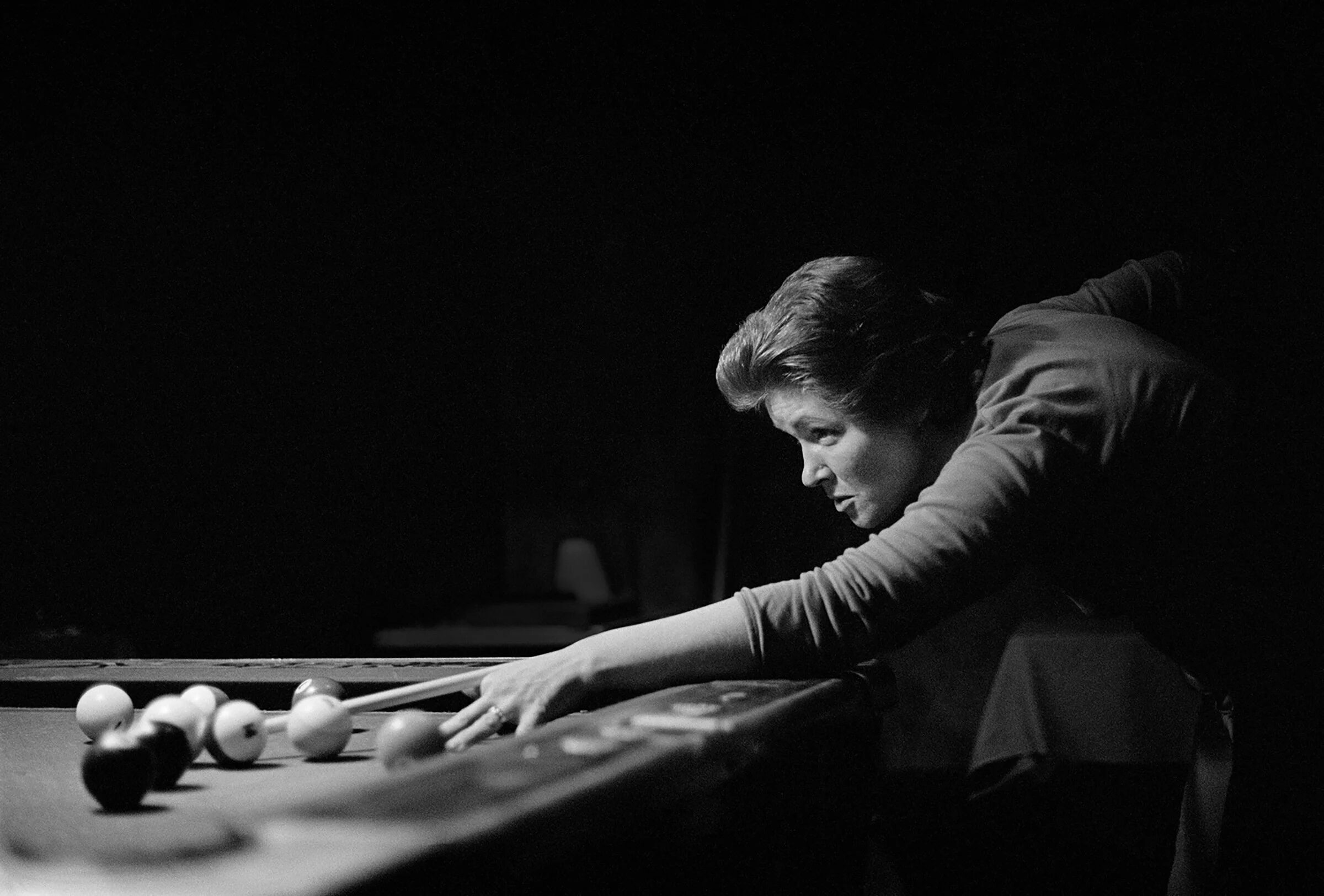Dorothy Allison and Carmen Vázquez
In this oral history conducted for the Voices of Feminism project in 2008, Dorothy Allison and Carmen Vázquez are interviewed by Kelly Anderson and reflect on their lives and various interactions with the feminist movement, the lesbian experience, and the butch/femme label. In the first clip, Allison describes how she came to discover her sexuality and some of her first sexual experiences with butches. In the second clip, Vázquez discusses presenting as masculine during her career at the San Francisco Department of Public Health. Both parties have agreed that this interview may be placed on the web.
Dyke TV
A favorite of many lesbians, Dyke TV was founded in 1993 as an offshoot of the activist group Lesbian Avengers. The program’s goal was to highlight LGBT issues, particularly those regarding lesbians. Through the visual representation of many different types of lesbians over the years that it was publicly broadcasted, many members of the community commented on the importance of representation – specifically for those historically underrepresented, such as masculine, butch, and trans lesbians.
Episode #279 – 2002
Other Brothers” group in San Francisco discuss being black and identifying as masculine, transgender, and/or butch.
Episode #179 – 1997
Transgender and lesbian activist Leslie Feinberg reads a segment from her newly published book, Transgender Warriors, at A Different Light Bookstore.
Episode #166 – 1996
This “butch beer” commercial pokes fun at lesbian and butch stereotypes.
Episode #129 – 1995
Polly Thistlethwaite, AKA the “Butch Librarian” talks about LGBT books, their importance, and their historical omission from libraries.
